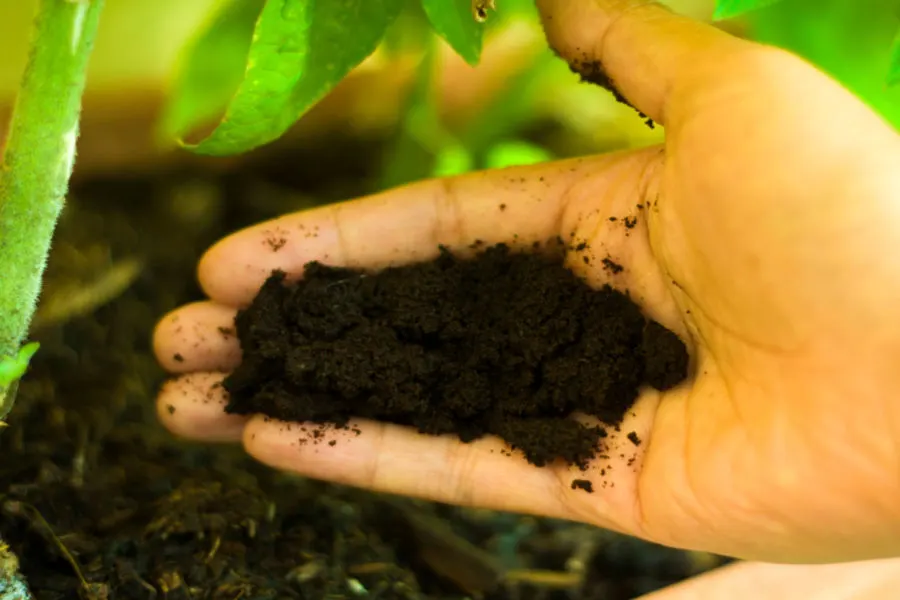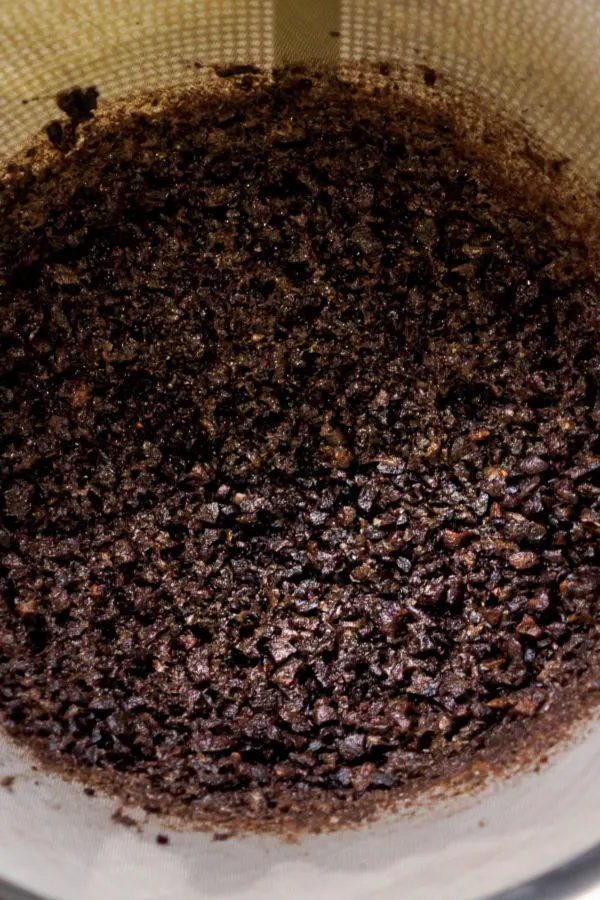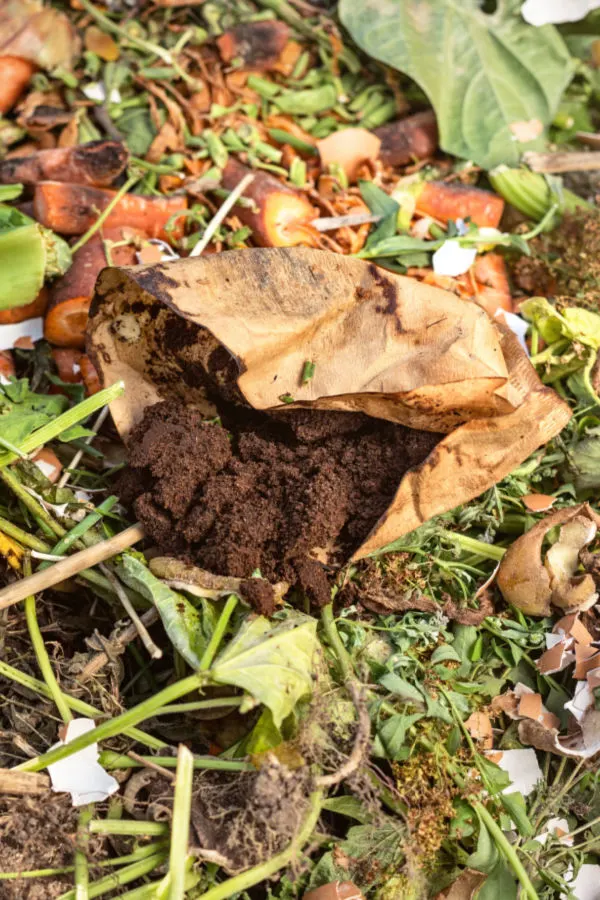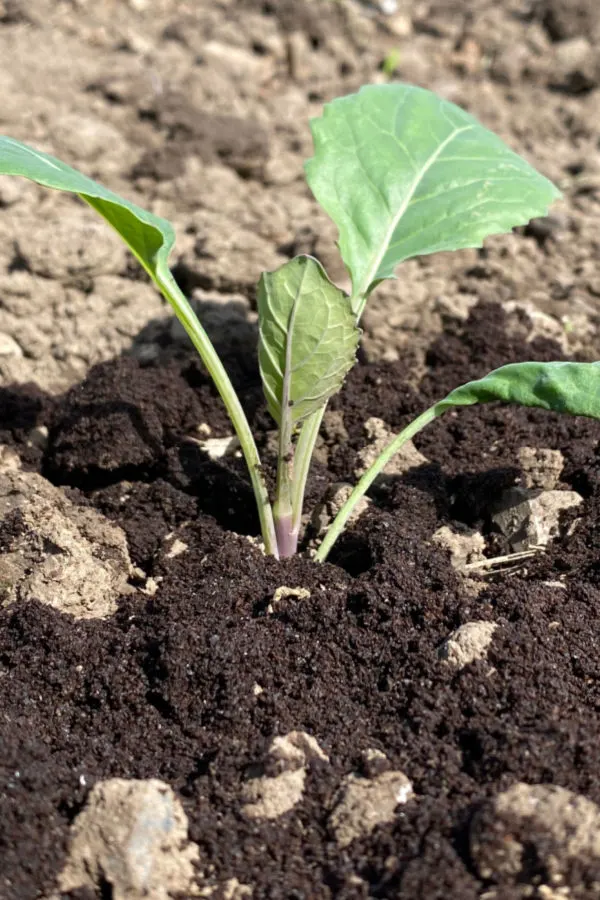Looking for the best way to use coffee grounds in your garden or flowerbeds? The spent grounds from a cup of Joe are one of the best natural (and free!) resources around to help power and even protect vegetable plants, annual flowers and perennial plants.
They also happen to be perfect for energizing hanging baskets and containers plants too. But the benefits of saving and using coffee grounds don’t stop there.
Used grounds can improve soil, adding structure, organic matter and important minerals and nutrients. They can also be a great addition to your compost pile, helping to heat it up and speed decomposition. In fact, it’s actually incredible just how amazing they are!

What Makes Coffee Grounds So Great?
So what exactly makes coffee grounds so amazing as a soil and plant booster? First and foremost, they are an excellent, slow-release source of nitrogen. And nitrogen is a key component in helping to fuel growth in vegetable plants, herbs, perennials and annuals.
Spent grounds contain about 2% of their volume in nitrogen. But they also contain trace amounts of other important nutrients for plants. Nutrients such as potassium, phosphorous, calcium, iron and magnesium.
Even better, all of those nutrients are in a form that can easily be absorbed into soil and into the roots of plants in the best way possible – low and slow. When plants get their nutrients slowly, it promotes strong, steady growth, keeping them healthy and more importantly, manageable.

This is what makes low and slow feeders such as coffee grounds, worm castings and compost so valuable. Heavy fertilizers often power plants too quickly. It can result in too much leaf growth and far less blooms, fruit or vegetables.
Strong fertilizers can also cause potted plants and hanging baskets to outgrow their containers way too early in the season. It’s just one more reason using coffee grounds to help power them all makes so much sense!
Additional Benefits – The Best Way To Use Coffee Grounds In Gardens & Flowerbeds
Above and beyond its nutritional value to plants, spent grounds also add a tremendous amount of organic matter to the soil. Matter that creates better soil by both adding humus and helping to loosen it to allow water and air to get to roots.
Adding spent grounds to the soil results in better drainage, aeration and increased water retention for the plants growing in that soil. And not just garden plants, but the flowers that grow in flowerbeds and container soil too.
Now that it’s easy to see how valuable it can be, let’s take look at some of the best ways to use them – but before we do, it’s important to note we are talking about spent coffee grounds, not fresh. There is a big difference in the two.
We are often asked by non-coffee drinkers if fresh grounds have the same value. Unfortunately, fresh ground coffee is not a good substitute for the spent grounds that have been used to make coffee.
First off, it would be an extremely expensive soil addition! But moreover, fresh coffee contains a higher acidity level, whereas used grounds have been rinsed through the coffee-making process. This allows them to lose nearly all of their acid, making them great for vegetable plants and flowers.
The Best Way To Use Coffee Grounds In Gardens & Flowerbeds
Using Grounds In The Garden
We use coffee grounds in a whole slew of ways in our vegetable garden. For starters, when we plant in early spring, we add a few tablespoons of grounds (along with worm castings, crushed egg shells and compost) to every planting hole. See: Why To Plant Egg Shells With Tomatoes
This little concoction helps provide a source of low and slow nutrients directly to the plants as they grow. In addition to putting grounds in the planting hole, we also put coffee grounds on the soil surface around plants.
This serves two great purposes. First, it provides a slow-release of nutrients every time it rains or you water. The nutrients leach through the soil from the moisture above, helping to provide power to the plants via their roots. But the coffee grounds on the surface also help to repel slugs as well.
Slugs delicate skins are easily cut as they crawl across the sharp edges of the grounds. By placing them around the main stalk of a plant, it helps provide a ring of protection. In the process, it can help keep plants safe and power them at the same time!
Listen Below To Our Podcast On Using Coffee Grounds & Eggshells!
Using Coffee Grounds In Hanging Baskets & Containers
Coffee grounds are also an excellent slow-release fertilizer for planters and hanging baskets. They have long been a secret ingredient in our container plants to keep them growing strong and steady with big flower power all season long.
Along with worm castings, we add a few tablespoons of grounds to all of our pots and containers every few weeks. It’s easy to do! We just sprinkle the grounds on the surface of the soil of each container or basket.
When the plants are watered, the magic happens. The nutrients from the coffee grounds and castings slowly leach into the soil. As they do, the plant’s roots soak them up, powering them in that perfect low and slow method.
How To Use Coffee Grounds In Flowerbeds
Much like with our vegetable plants, we use spent grounds when we plant annuals in our flowerbeds. We place a few tablespoons in each planting hole to help power the plants. The grounds also help to build the soil up in our flowerbeds with each passing year.

In addition to the trace nutrients the spent grounds provide, they add that all important structure and humus layer into the soil too. In addition, coffee grounds can also be added around the base of each plant as a slow release fertilizer, just as with the garden and container plants.
Again, every time you water or it rains, those nutrients on top will flow down into the soil. Just as in the vegetable garden, grounds around the stems of plants will also help protect against slugs.
How To Use Grounds On Perennials, Shrubs and Trees – The Best Way To Use Coffee Grounds
Coffee grounds can be used when planting perennials, shrubs and bushes, or added to the soil around those growing throughout the year.
Adding a few tablespoons when planting perennials helps add nutrients and soil structure for long-term growth. For larger bushes or shrubs, we simply add a few coffee filters and grounds all at once around the planting hole. Most all filters are bio-degradable, and add more organic material to the soil as they break down.
How To Use Coffee Grounds In The Compost Pile – The Best Way To Use Coffee Grounds
Finally, coffee grounds and filters are always a good addition to your compost pile. They are an excellent “green source” to place into your pile. As a green source, coffee grounds help to heat up your pile fast. This means quicker decomposition and a faster path to more compost.

Finding Enough Coffee Grounds To Use
So what if you don’t drink coffee? No worries! Non-gardening neighbors and friends are always more than willing to save grounds for gardeners. Or, check with your local coffee shop. Many local coffee shops are more than willing to save their grounds for gardeners. All you have to do is ask!
We have had local coffee shops save them for us for years. Some even create lists in their stores to hand out the spent grounds to as many gardeners as possible. Here is to using coffee grounds in your garden and flowerbeds this year, and to your best growing season ever!
Happy Gardening – Jim and Mary.
Jim and Mary Competti have been writing gardening, DIY and recipe articles and books for over 15 years from their 46 acre Ohio farm. The two are frequent speakers on all things gardening and love to travel in their spare time.
As always, feel free to email us at thefarm@owgarden.com with comments, questions, or to simply say hello! You can sign up for our free email list in the subscribe now box in the middle of this article. Follow us on Facebook here : OWG Facebook. This article may contain affiliate links.

